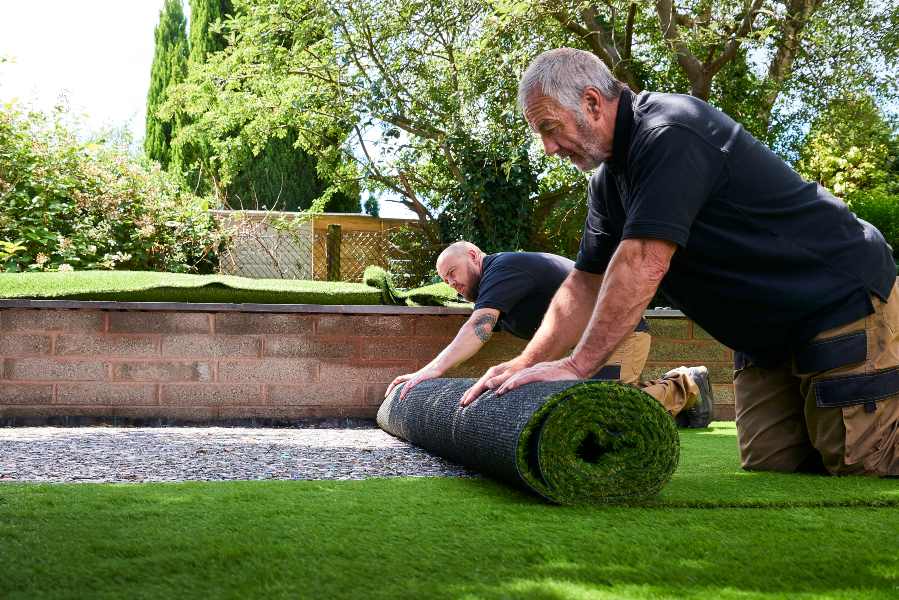Choosing the Right Type of Artificial Turf: A Buyer’s Guide
Introduction

When it comes to outdoor surfaces, few solutions offer the versatility and low maintenance of artificial turf. Once a simple solution for sports stadiums facing challenges with natural grass, artificial turf has blossomed into a multi-billion dollar industry catering to homes, recreational areas, and a broad range of sports facilities. However, with so many options available, choosing the right type of artificial turf can be overwhelming. This guide aims to simplify the decision making process, breaking down the essential factors you should consider in order to make the best choice for your specific needs.
Understanding Your Needs
Before diving into types of artificial turf, you need to understand your requirements clearly. Are you installing turf for a sports facility, a backyard, or a pet area? The turf ideal for a golf course won’t necessarily be the best for a soccer field or a dog park. Outline your primary needs, taking into account factors such as foot traffic, climate, and maintenance.
Types of artificial turf
Traditional Astroturf®
One of the earliest forms of artificial turf, traditional Astroturf, is more akin to carpet than to natural grass. It’s durable but not as comfortable or natural looking as modern alternatives. While it’s generally less expensive, it’s usually better suited for aesthetic purposes rather than sports or high foot traffic areas.
Polyethylene Sports Turf
Polyethylene turf is the go-to option for most modern sports facilities. Soft, durable, and lifelike, it’s ideal for high impact sports such as soccer, football, or baseball. It’s also UV-resistant, meaning it won’t fade quickly under intense sunlight.
Polypropylene Turf
Polypropylene turf is usually less expensive than polyethylene but less durable. It’s best suited for low impact activities like putting greens or ornamental gardens. However, it’s not recommended for high traffic or sports areas due to its lower durability.
Nylon Turf
If you’re looking for durability, nylon turf is your best bet. It’s the strongest type of artificial turf, capable of enduring high temperatures and heavy foot traffic. However, its sturdiness makes it less comfortable for high impact sports.
Hybrid Systems
Some venues opt for a hybrid system that incorporates both natural grass and synthetic fibers. This system offers a natural feel while benefiting from the durability of artificial components, making it popular in professional football and rugby fields.
Key Considerations
Infill Versus Non-Infill Systems
Artificial turf systems come in two basic types: infill and non-infill. Infill systems use sand, rubber, or a mixture as a base, providing additional cushioning. Non-infill systems don’t require a separate layer but are less cushioned and less natural feeling as a result.
Pile Height and Density
These two factors contribute to the look and feel of the turf. Pile height refers to the length of the synthetic fibers, while density is about how closely these fibers are packed together. A higher pile and greater density usually means a softer, more natural surface, but at a higher cost.
Climate Considerations
Climate plays a crucial role in choosing the right turf. Some synthetic turf is designed to drain quickly, ideal for rainy areas, while others are UV-resistant, making them perfect for locations with intense sun exposure.
Budget
While it might be tempting to go for the cheapest option, it’s essential to look at the long term costs, including maintenance and potential replacement. Higher quality turf may cost more up front but can save you money in the long run due to its durability and low maintenance requirements.
Final Tips
Always request samples and, if possible, visit installations where the turf type you are considering has already been laid. This will allow you to feel the turf and see how it holds up under real world conditions.
Conclusion
Choosing the right type of artificial turf is a significant decision that will impact the usability, maintenance, and long term value of your space. This buyer’s guide provides an overview of the key factors to consider, from understanding your specific needs to evaluating different types of turf and additional features. By making an informed choice, you can ensure that you are investing in a product that will meet your expectations and stand the test of time. Whether you’re looking to create a dream backyard, an ideal sports facility, or a pet friendly space, the right artificial turf can make all the difference.
Where to Go for Expert Advice
With over 20 years of experience, Las Vegas Artificial Lawns is the trusted artificial grass installer in the Las Vegas, North Las Vegas, Spring Valley, Paradise, and Henderson areas. Using the latest in technological advances, our expert team ensures a seamless process by assisting customers in selecting and installing the right system for their specific needs. Whether you are just in the process of planning or are ready to install a new lawn right away, the professionals here at Las Vegas Artificial Lawns want to help you create a luxurious new landscaped oasis!
If you’d like more information about the products and services we offer, contact us via our website, or give us a call us for a free design consultation at 702-389-7276.
